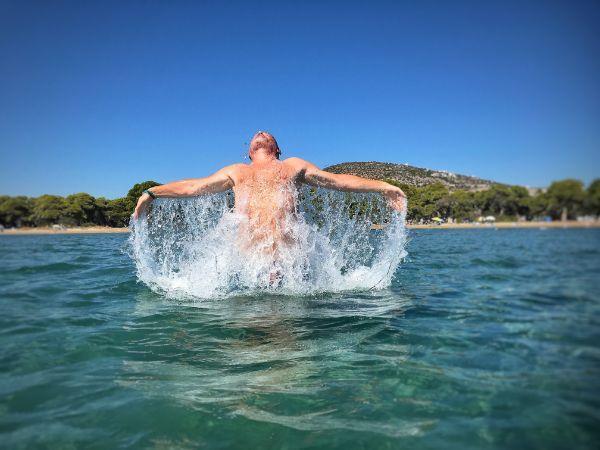
The other day, I was tasked by my Dutch friend Mark with organizing a day trip for him in the vicinity of Athens. It was the last weekend of September; it would probably be one of this year’s last hot days. A good beach was an absolute must to be included in the itinerary. Other than that, some beautiful sceneries, interesting historical sights, and a nice seafood tavern would all be desirable. In the end, we chose the eastern coast of Attica for this day trip’s destination. More particularly, we were headed for the coastal town of Nea Makri, the nearby monastery of Saint Ephraim, and one of Attica’s cleanest and most picturesque beaches: Schinias Beach. Following are the highlights of the trip in words and pictures.
Saint Ephraim Monastery
Early in the morning, we started from central Athens, followed the highway 62 around Mount Hymettus, and, about an hour later, we had arrived in Nea Makri. Before checking out the town itself, we made for the Monastery of Saint Ephraim, situated on the eastern slope of Mount Penteli, some 3 km away from the coast (coordinates: 38.0743, 23.9531).
Saint Ephraim Monastery is one of the oldest monasteries in Attica as well as one of the most visited by Orthodox pilgrims in the region and the whole of Greece. The original monastery was founded in the 10th century but was razed during the Turkish raids of the subsequent centuries. It was reconstructed by the end of the 16th century and has ever since functioned as a female convent. More recently, it achieved nation-wide fame owing to an event that took place there between 1945 and 1950…
Long story short, a nun by the name of Makaria left the convent and went to seclude herself in the ruins of an ancient monastery further up the mountain. After the due supernatural guidance garnished with lots of symbolic details, she eventually dug out the cadaver of a man. We now know positively – as he, in person, revealed so in a dream to the nun – that the cadaver belongs to the great Saint Ephraim: one of many of the kind that were tortured terribly but didn’t renounce their faith.
Thanks to the spirit’s dream-stalking, the Monastery of Saint Ephraim is today one of the most profitable, untaxed religious enterprises in the country. Crowds of believers were flocked there on the day of our visit. Cars were parked all over the place and busloads of pilgrims came and left one after another. The sacred-items stalls before the monastery entrance bore full merchandise. The donation boxes inside must have been fully emptied in the morning by the nuns.
The monastery itself is very picturesque and situated in idyllically serene environs. We briefly checked things out on its premises and then chilled a bit in a nice meadow beside it. The view of the coast and the island of Euboea across the gulf was really pleasing from that location. Then we rove down towards the coast.
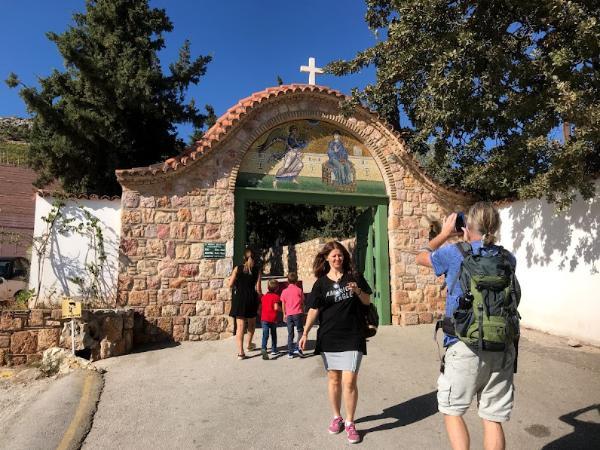
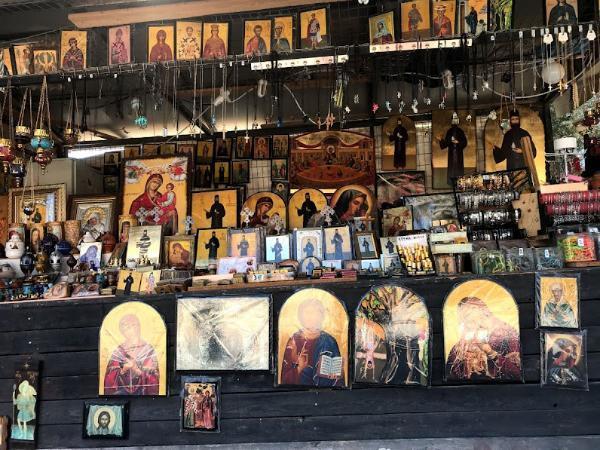
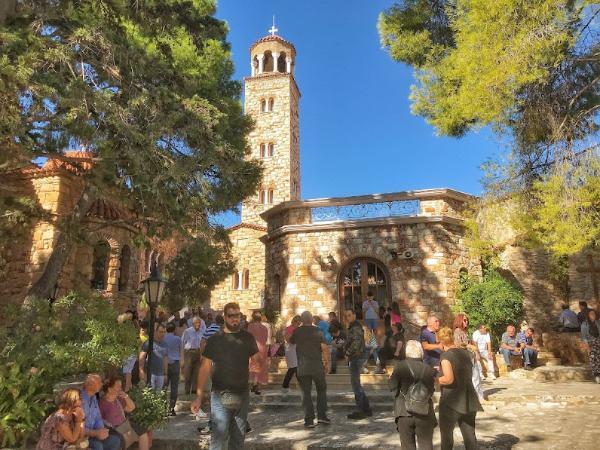
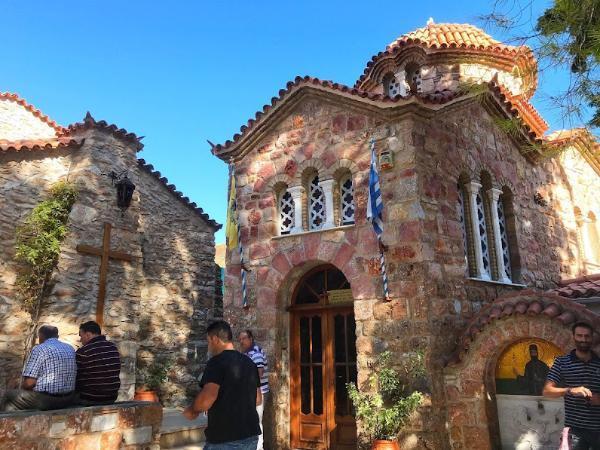
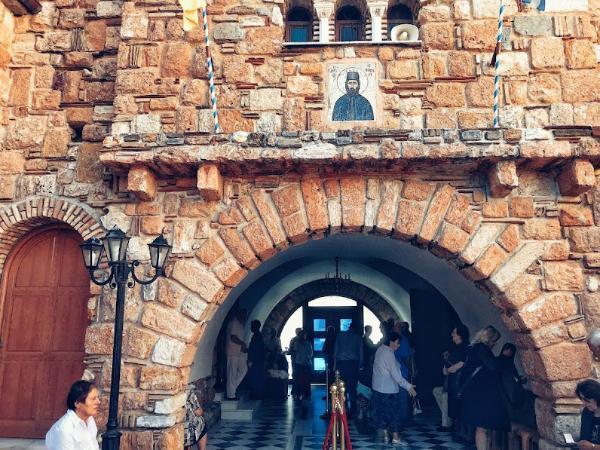
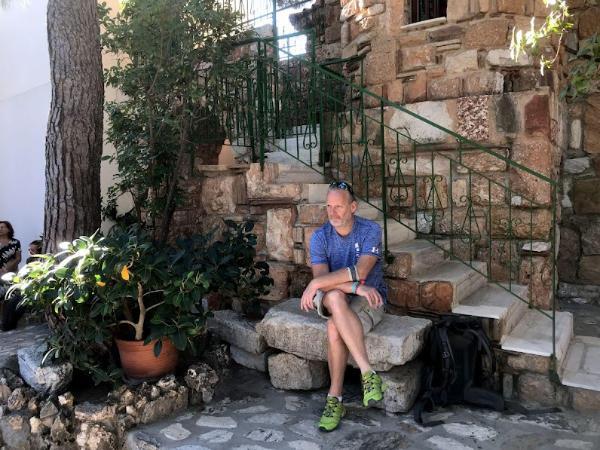
Nea Makri
Nea Makri is a town of some 20,000 inhabitants on the east coast of Attica. It was formerly known as Plesti and was renamed to Nea Makri (New Makri) after Greek immigrants from the town of Makri (current day Fethiye) settled there in 1922. In recent years, it has experienced considerable growth in the tourism sector, especially after the opening of Athens’ new airport some 15 km from the town. Its several-km-long coastline is nowadays teeming of hotels, cafes, taverns, and beach bars. The coast of Nea Makri features a number of beaches as well as a small, picturesque port.
We parked the car and proceeded with a walk along the town’s vivid, coastal promenade. In late September, the town wasn’t as crowded as it usually is in the summer but still busy enough. We stopped by at one of the cafes and had a cold Greek coffee while inhaling the mild sea breeze. The sun and the heat were at their peak by the time we left. It was time for a dip. We could have well had that in Nea Makri but I had a much better beach on mind.

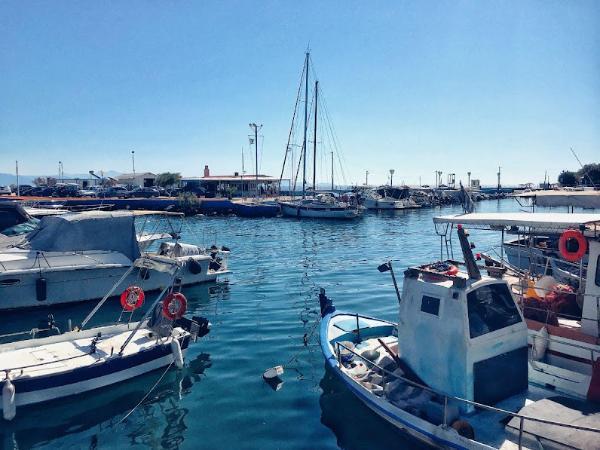
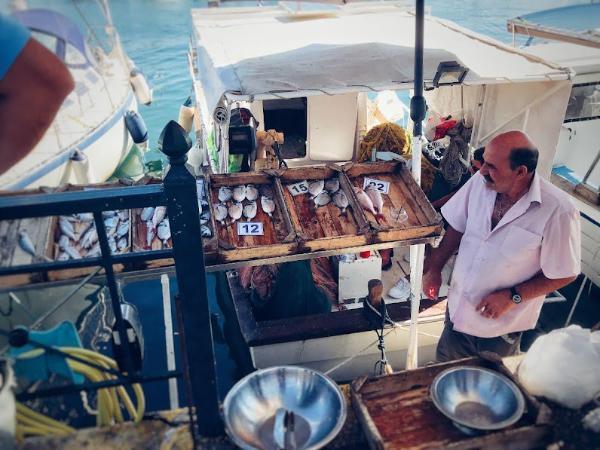
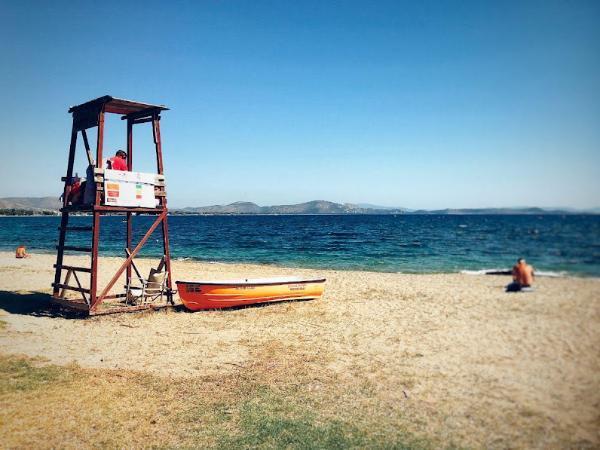
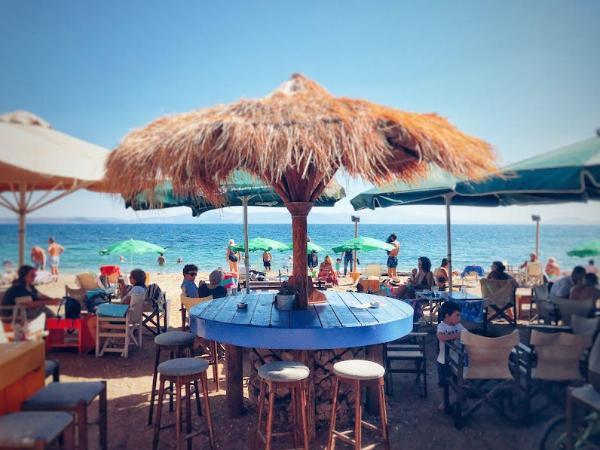
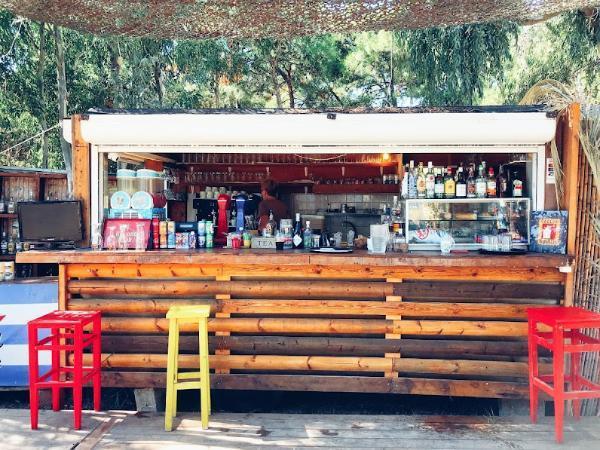
Schinias Beach
After a short, scenic ride north from Nea Makri, we made it to Schinias Beach. This is one of my favorite beaches in the vicinity of Athens. Thanks to the area being designated a national park, development has been significantly repelled and the beach has remained surprisingly pristine. The beach is almost 5 km long and is made of fine white sand. The seaside is covered by dense, charming pine woods. The sea remains shallow for a considerably long distance after the shore. By the north end of the beach, you find an elongated promontory known as Dog Tale; if you check it up on the map you’ll understand why.
We spent a good deal of time swimming and loitering in the clear waters. Then we devoted the due time for chilling under the fragrant foliage of a pine. Finally, late afternoon, we drove away.
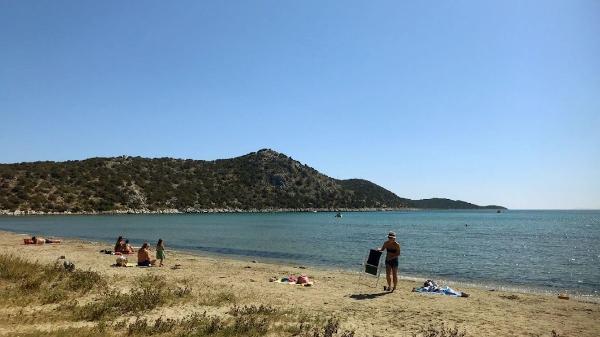
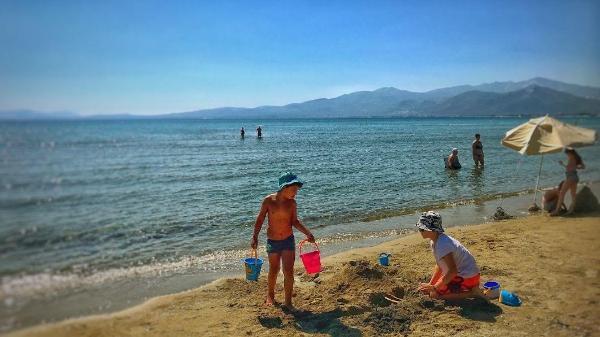
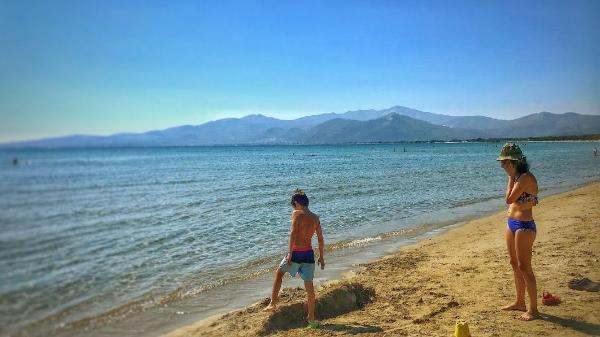
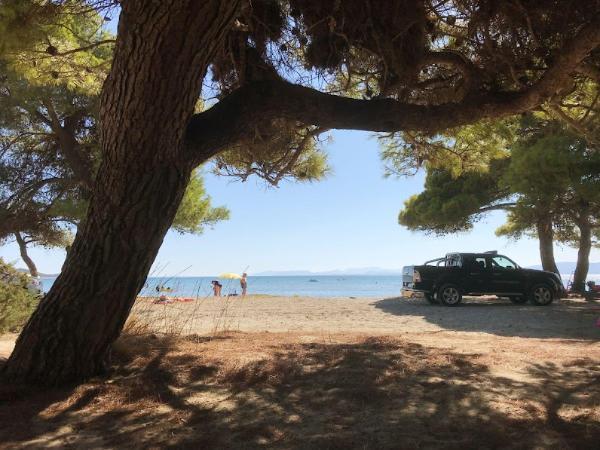
Agios Panteleimon – Marathon Beach
Next, and final, stop was the settlement of Agios Panteleimon, also known as Marathon Beach. This coastal settlement is situated between Nea Makri and Schinias Beach, some 5 km south of Marathon town. There we had an exquisite seafood dinner in one of its taverns. We then moved to one of the beach cafes to conclude the day by staring at the sky and the sea as they gradually darkened. It was deep dark by the time we made it back to the bustling capital city.
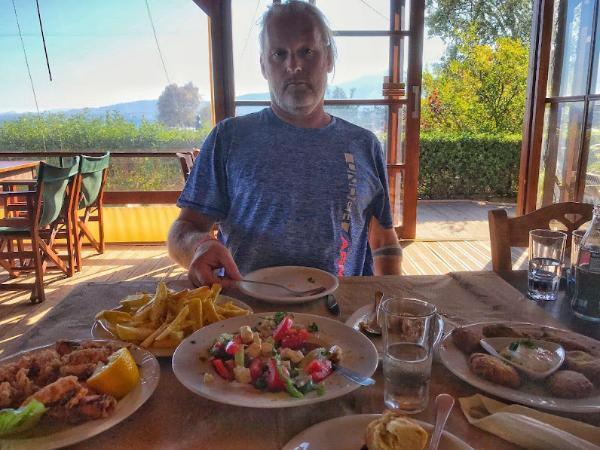
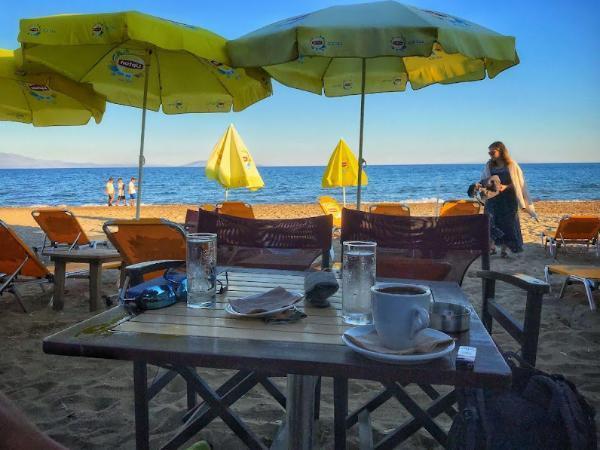
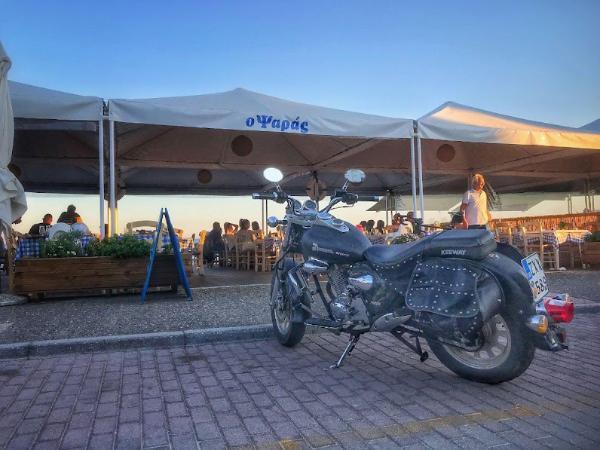
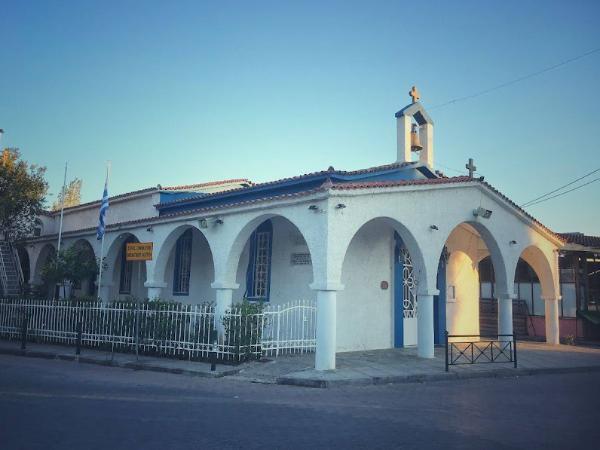
Accommodation and Activities in Athens
Stay22 is a handy tool that lets you search for and compare stays and experiences across multiple platforms on the same neat, interactive map. Hover over the listings to see the details. Click on the top-right settings icon to adjust your preferences; switch between hotels, experiences, or restaurants; and activate clever map overlays displaying information like transit lines or concentrations of sights. Click on the Show List button for the listings to appear in a list format. Booking via this map, I will be earning a small cut of the platform's profit without you being charged any extra penny. You will be thus greatly helping me to maintain and keep enriching this website. Thanks!
